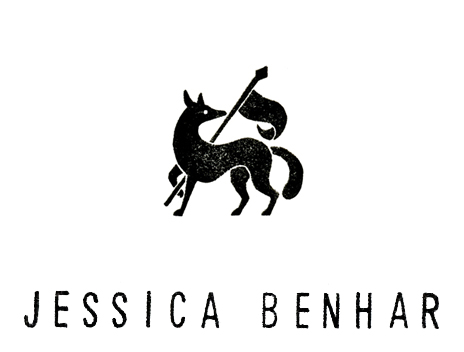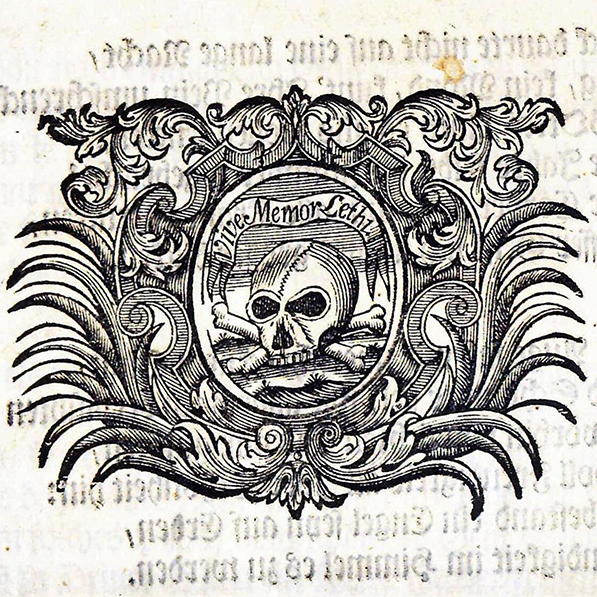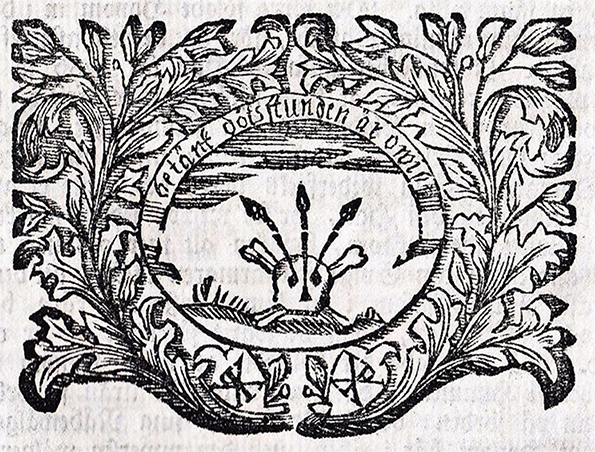Seventeenth and eighteenth century memento mori woodcuts are some of my most favourite things to look at. They look fairly primitive yet they have a ton of character and I've been looking forward to making my own version ever since I first saw them. Memento mori is a Latin phrase which means 'remember that you must die' and was a philosophy to remind people that our time on earth is limited and to not take it for granted. The heyday for memento mori artefacts lasted from around the seventeenth century to the nineteenth century. Artists explored memento mori through paintings, woodcuts, jewellery and sculpture with symbols such as skulls, bones, coffins, hourglasses, scythes, toads and owls to name a few. People would also wear them as adornments, such as Mary, Queen of Scots, who owned a skull shaped watch and Martin Luther who wore a gold ring displaying death's head in enamel. I don't know if many people in the twenty first century want to be reminded of death but incase you would, I got you covered!
Creating something that reminds you of death is no easy feat, especially when trying to strike a tone that isn't too depressing but not too cute either. Initially I sketched some coat of arm ideas with memento mori symbols but I wanted the skull to be the forefront of the design since skulls were the most common symbol for death and come on, they look super cool. I practiced sketching some more realistic proportioned skulls before creating something more stylised. I researched ornamental frame designs and wreaths to tackle the other elements of the design. I then scanned the sketch and brought it into Adobe Illustrator to tweak and perfect. At the print stage I also decided on some rougher ink textures reminiscent of the earlier memento mori prints. I have a feeling I'll return to the subject matter again and hopefully every time I look at this print, it'll give me a kick up the butt to not take things for granted.
The eighteenth century woodcuts below are from Pixbobooks, an Instagram account by Tommy Näzell.






